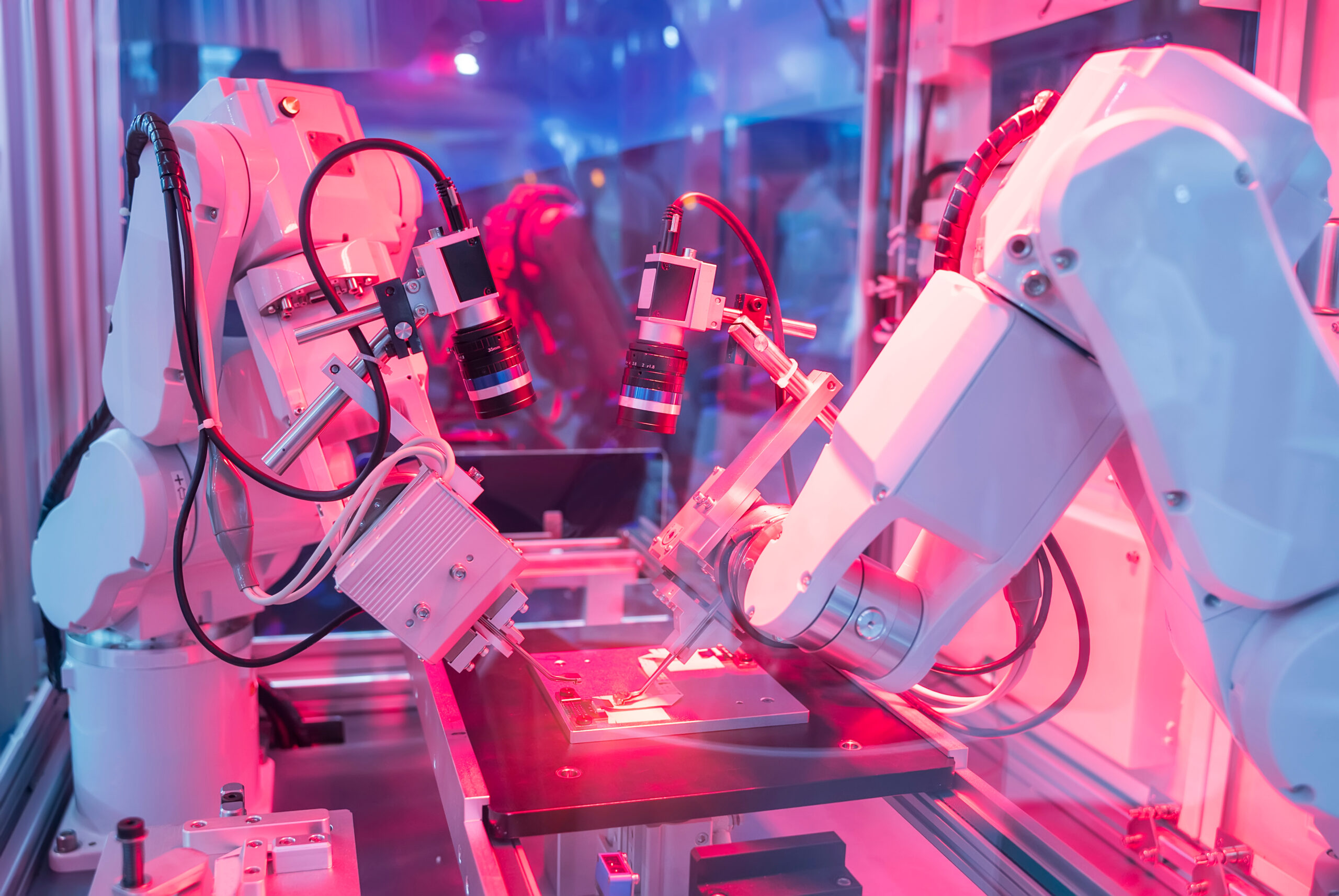Planning vs. Flexibility
Improvise. Adapt. Overcome. Earlier this month was the 78th anniversary of one of the most important events of the 20th Century: The D-Day Invasion at Normandy. More correctly known as Operation Neptune (land-based operations were dubbed Operation Overlord), it is considered the largest seaborne invasion in history. The complexity of this event is hard to … Read more










